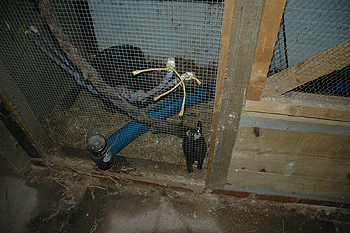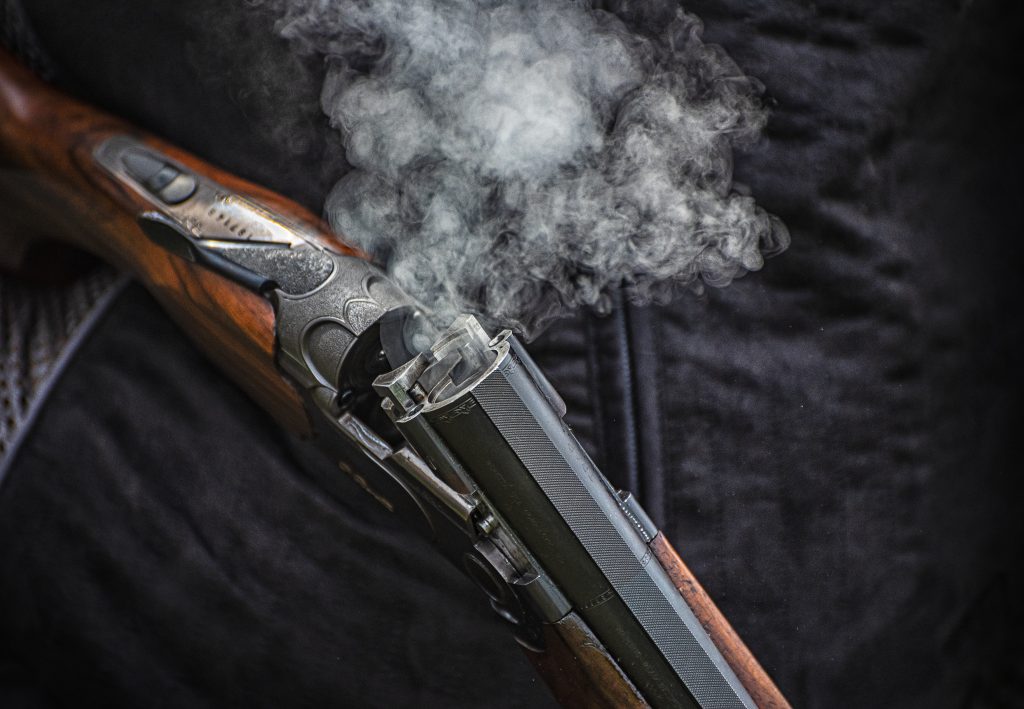Win CENS ProFlex DX5 earplugs worth £1,149 – enter here
Is this a true wild polecat?
Found abandoned on the roadside is it a rare British polecat or just a feral ferret?

Nick Millman has worked ferrets for many years, so when he found an abandoned 8-10-week old mustelid in the country lane near his home in East Devon he knew immediately it was no ordinary domesticated hob and wondered if he had stumbled across a genuine wild polecat.
To begin with it had dark colouring like a polecat as opposed to the white of working ferrets bred into them to make them more visible, but this was not evidence enough as there are darker domesticated ferrets. More importantly, its behaviour resembled that of a wild animal, highly aggressive especially in close confinement. Nick decided to take the creature home to see if he could tame it. Three months later despite regular hand-feeding and close contact with humans Begbie is as “wild” as the day he arrived. I witnessed him biting Nick no less than three times in rapid succession when he took him out of his enclosure, drawing blood on each occasion.
Unfortunately, ferrets are genetically identical to our native polecat so even a DNA test could not provide an answer. So the question remains. Could Begbie just be an escaped ferret with a particularly violent disposition? Could he be a member of a feral family of ferrets which escaped several generations ago and returned to a wild state? Or is he part of a genuine British wild polecat population trapped to near extinction in England but perhaps making a comeback. If readers have any theories as to Begbie’s origins or have come across similar animals we would be delighted to hear from you.
Related Articles
Get the latest news delivered direct to your door
Subscribe to Shooting Times & Country
Discover the ultimate companion for field sports enthusiasts with Shooting Times & Country Magazine, the UK’s leading weekly publication that has been at the forefront of shooting culture since 1882. Subscribers gain access to expert tips, comprehensive gear reviews, seasonal advice and a vibrant community of like-minded shooters.
Save on shop price when you subscribe with weekly issues featuring in-depth articles on gundog training, exclusive member offers and access to the digital back issue library. A Shooting Times & Country subscription is more than a magazine, don’t just read about the countryside; immerse yourself in its most authoritative and engaging publication.







